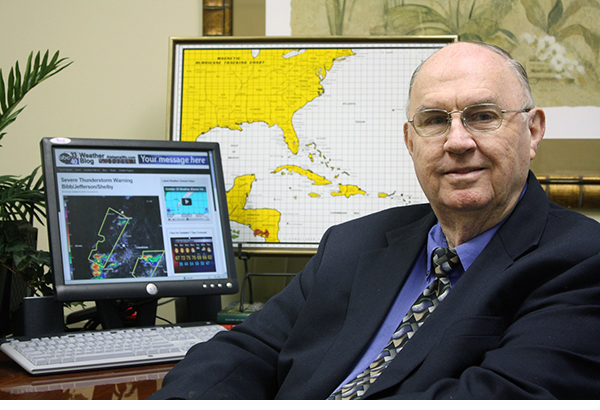The San Felipe/Okeechobee Hurricane
On September 6, 1928, a tropical storm formed near the Cape Verde Islands in the far eastern Atlantic. It would be four days later before forecasters at the U.S. Weather Bureau in Washington knew about the storm. They were clued in by a ship report from the S.S. Commack, some 900 miles east of the island of Guadeloupe in the Leeward Islands. It was the furthest east that any ship report of a tropical cyclone had been received until that time.
Two days later, on September 12th, it roared across Guadeloupe with a central pressure of 940 millibars. No accurate wind readings were recorded, but the devastation on the French possession was extreme. Obviously, a hurricane of great proportion was raging toward Puerto Rico, and warnings were hoisted. On the 13th, what might have been the first recorded Atlantic Category Five hurricane slammed into Puerto Rico with a minimum pressure of 936 millibars. Officially, top winds were 145 mph, but an fairly reliable unofficial report measured maximum sustained winds at 160 mph, well before the instrument failed. Over 1,000 perished in Puerto Rico from the San Felipe Hurricane, so named for the Saint’s Day on which it struck.
To the west northwest, in Florida, newspaper reports stated that the hurricane was expected to move south of Cuba before moving into the Gulf of Mexico. The US Weather Bureau was operating blind with all communications from Puerto Rico out of operation.
The powerful hurricane increased in intensity to 155 mph as it moved over the warm waters north of Puerto Rico, headed for the Bahamas. People around southern Florida nervously watched their barometers, the most reliable indications that they had that a hurricane was approaching.
On the evening of the 16th, the hurricane roared ashore at West Palm Beach. By that time, it had top winds of 150 mph and the pressure had bottomed out at 929 millibars. As the hurricane tracked westward over South Florida, its 140 mph winds whipped Lake Okeechobee into a frenzy. The northerly winds ahead of the hurricane shoved a twenty foot storm surge against the paltry dike protecting the highly populated farm communities along the lake’s southern shoreline. The disastrous flood killed 1,836 people in Florida. The total of over 4,000 fatalities in the islands and Florida makes the San Felipe or Lake Okeechobee Hurricane the ninth deadliest in Atlantic history.
Category: Uncategorized















